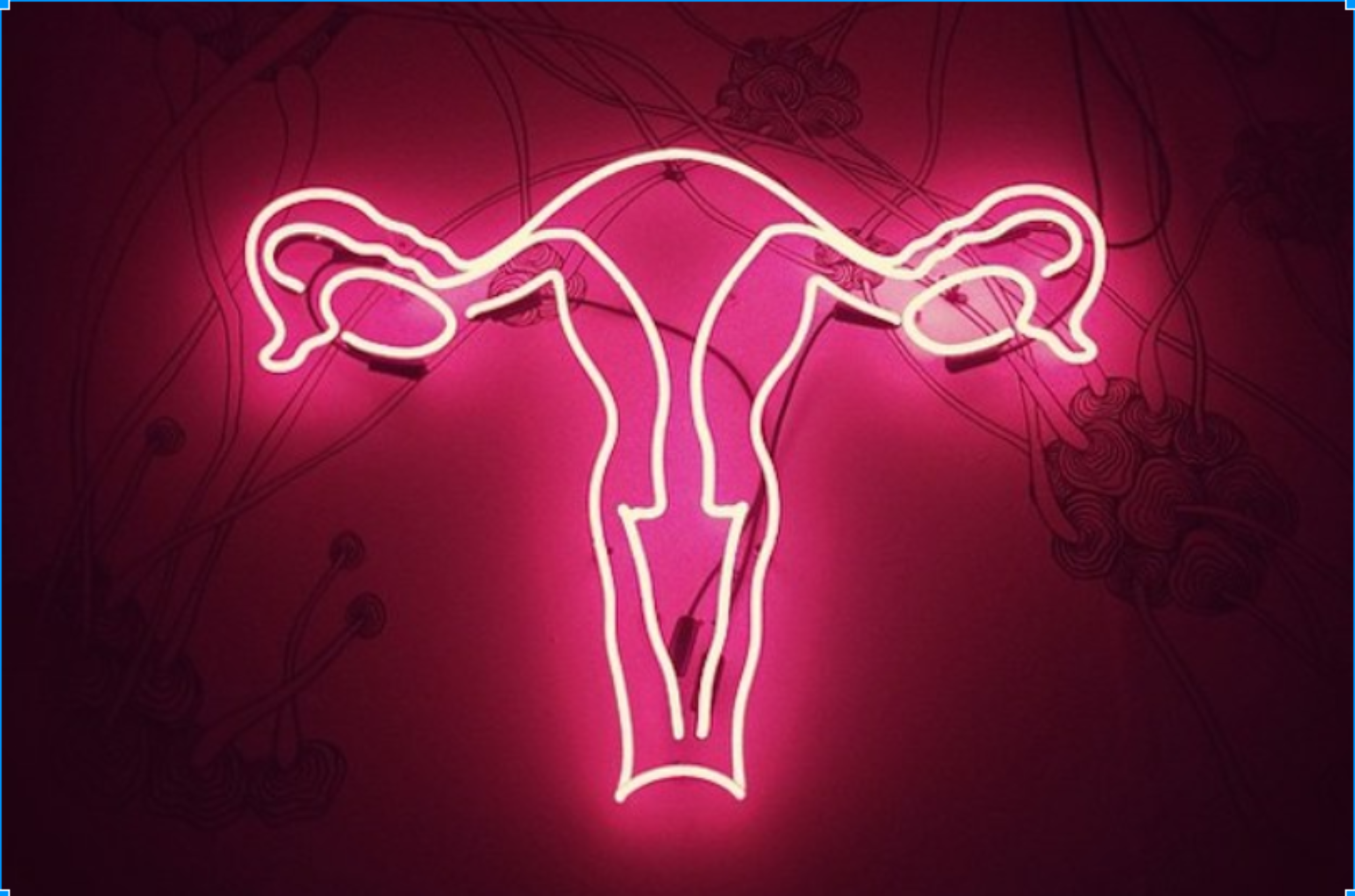Shutting the international gender space in farming would develop meals production and build sustainable futures for females.
In most of the whole world, the face area of farming is feminine. Globally, states the us’ Food and Agriculture Organization (FAO), nearly all economically women that are active the least-developed nations operate in farming. And, in line with the 2012 Census of Agriculture (the data that is latest available), 30 percent of farmers into the U.S. are females. The difficulty? Gender-specific obstacles—such as not enough use of land, funding, areas, agricultural training and training, suitable working conditions, and equal treatment—put feminine farmers at an important drawback before they ever plow a field or sow a seed.
Perhaps, the biggest roadblock is land liberties. In developing nations, just 10 to 20 % of landholders are females, plus in some areas of the entire world, females nevertheless cannot lawfully very very own or control land. Each time a farmer that is femalen’t empowered to help make choices in regards to the land she works, it really is impossible on her to enter contract agriculture agreements that may offer greater profits and dependable types of earnings.
In addition, entrenched gender functions in developing nations can possibly prevent ladies from bringing their plants to advertise and sometimes even making their villages without their spouse’s authorization. While feminine farmers when you look at the U.S. do not face exactly the same limitations, Lorie Fleenor, 33, an eighth-generation Bristol, Tennessee, farmer, claims persistent gender bias in farming causes it to be “easier” to possess her spouse, Ben, handle business transactions and telephone calls for your family’s Magna Vista Farm. Continuer la lecture de « Without a doubt about Empowering farmers that are female feed the planet »
